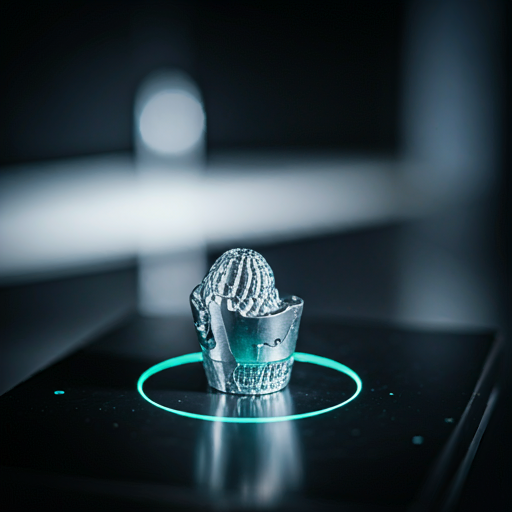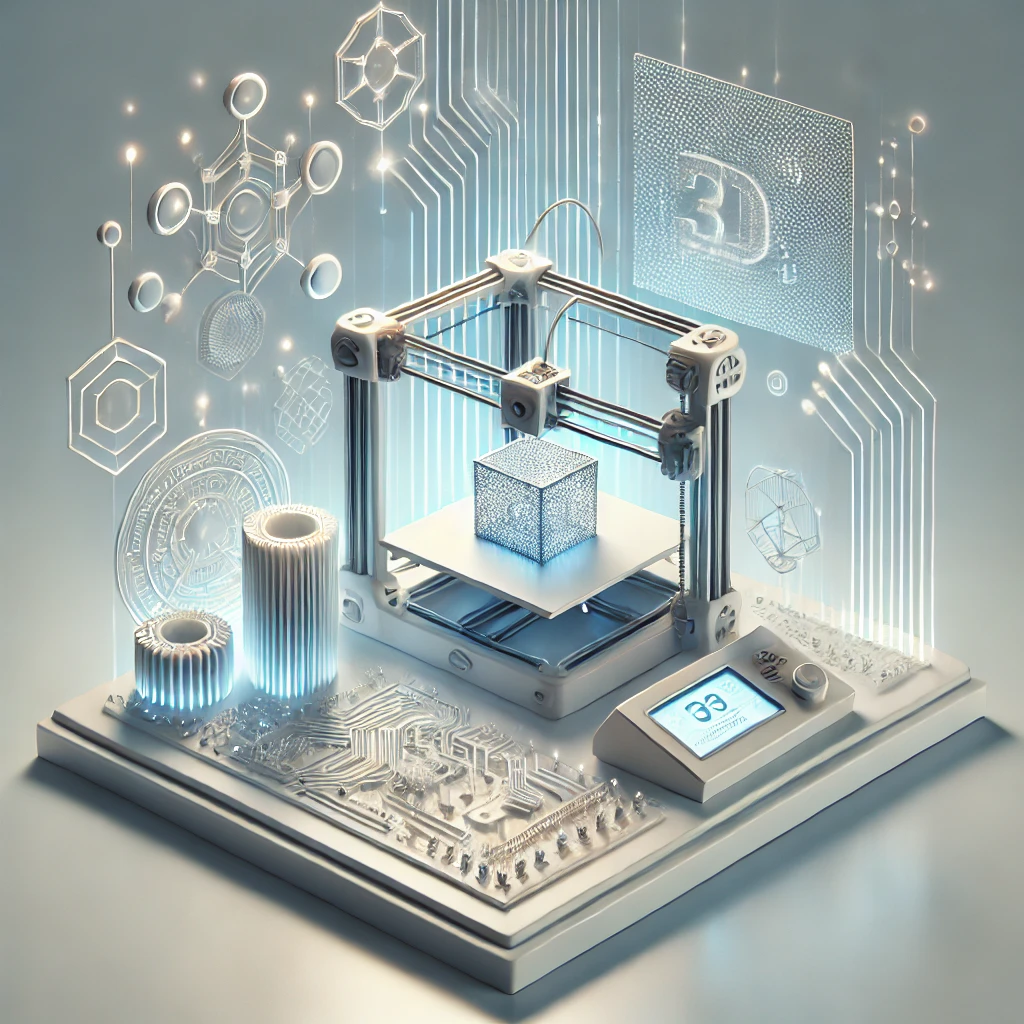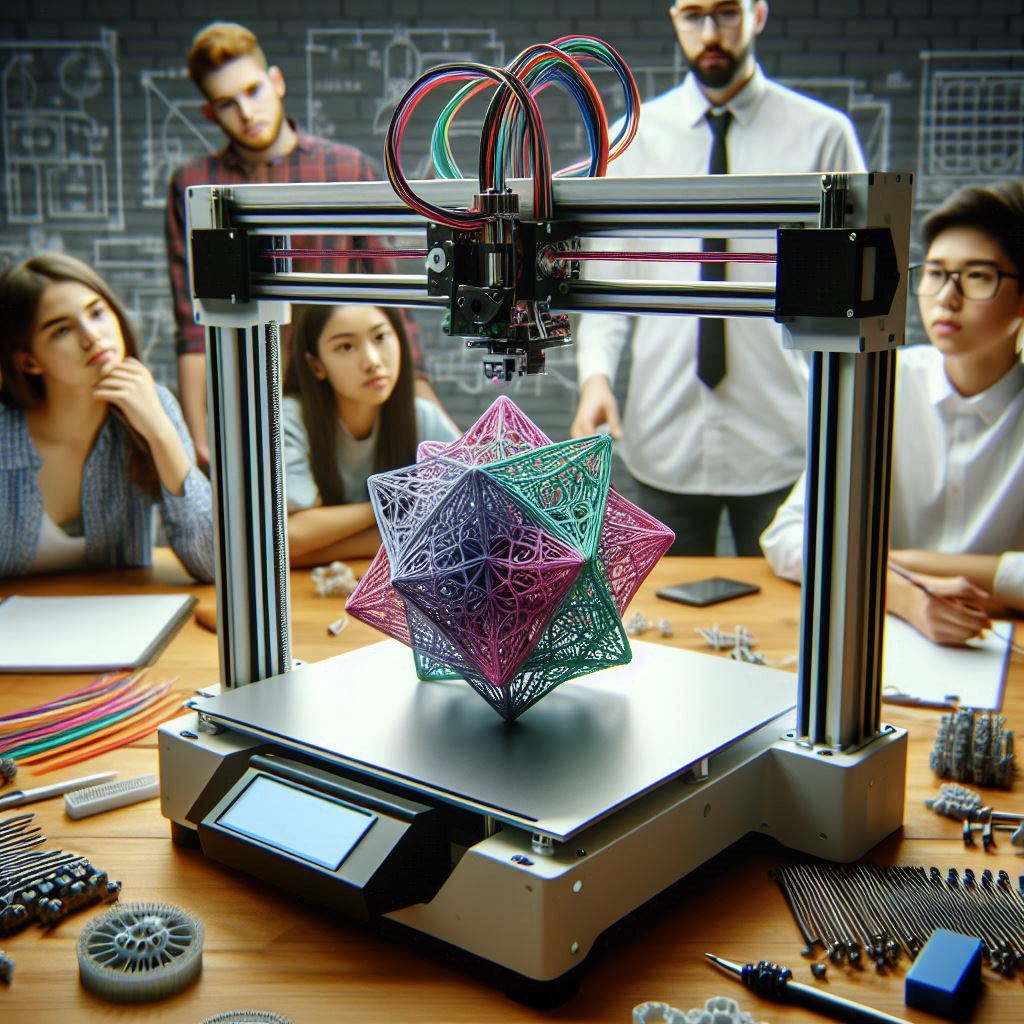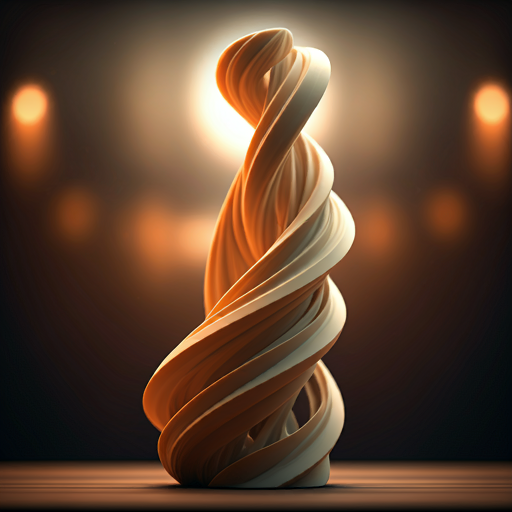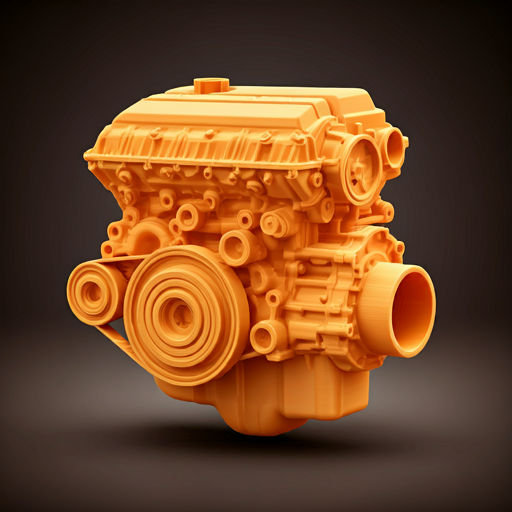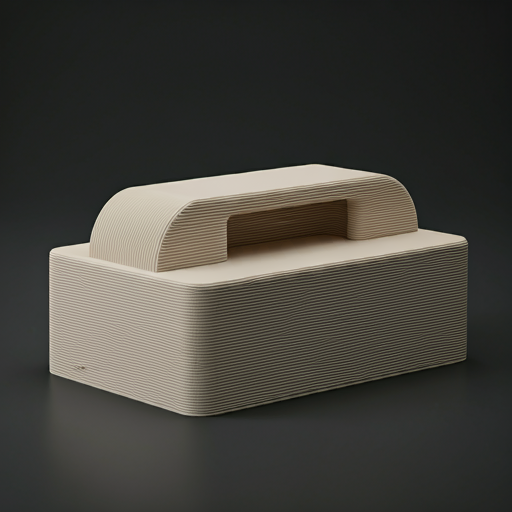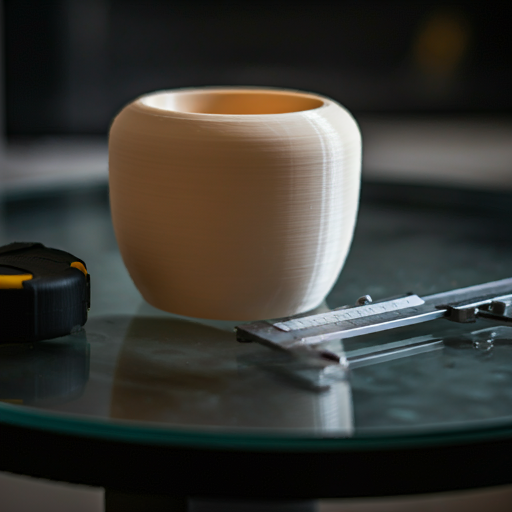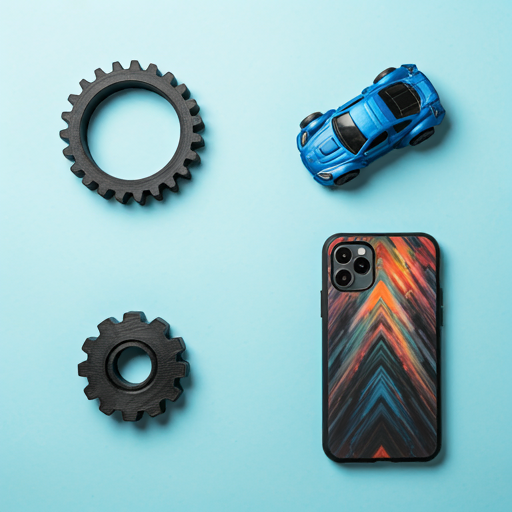
3D Printing Technology in the Home Decor Industry
3D printing technology is becoming increasingly popular in the home decor industry as it allows for the creation of unique and customized designs. With the ability to print in a wide range of materials, from plastic to metal to wood, 3D printing can be used to create a variety of home decor items such as vases, candle holders, picture frames, and sculptures.
One of the main advantages of using 3D printing in the home decor industry is the ability to create customized designs. Customers can provide their own designs, or work with a designer to create a unique piece that is tailored to their specific needs and preferences. 3D printing also allows for the creation of intricate and detailed designs that would be difficult or impossible to produce using traditional manufacturing methods.
Another advantage of 3D printing in the home decor industry is its cost-effectiveness. By eliminating the need for expensive molds and tooling, 3D printing can reduce the cost of producing home decor items. Additionally, 3D printing can reduce material waste and energy consumption, making it a more sustainable option.
3D printing also offers scalability, making it suitable for small businesses and large manufacturers alike. Small businesses can use 3D printing to create unique and customized home decor items, while larger manufacturers can use it to produce items in large quantities.
In conclusion, 3D printing technology is becoming increasingly popular in the home decor industry due to its ability to create unique and customized designs, its cost-effectiveness, sustainability, and scalability. As the technology continues to evolve, it is likely that we will see more and more 3D printed home decor items in the market.
5 Steps to create a Home decor using 3D printing technology

STEP 1- Idea generation : The first step in creating a 3D printed home decor piece is to come up with a concept or idea. This could be inspired by existing home decor items, or it could be a completely original design. Consider the theme and style of your home, as well as the type of object you want to create (e.g. a vase, a lamp, a sculpture). Sketch out some ideas and choose the one that you like the best.
STEP 2- 3D modeling : Once you have your concept, you need to create a 3D model of your object. This can be done using a variety of software programs, such as Tinkercad, SketchUp, or Blender. These programs allow you to create a digital representation of your object, which can then be exported as a 3D file.
STEP 3- Preparing the 3D file : Before you can print your object, you need to prepare the 3D file for printing. This involves checking the file for any errors, adjusting the size and orientation of the object, and adding any necessary supports. Supports are structures that are added to the model to help keep it stable during the printing process.
STEP 4- Printing : Now that your 3D file is ready, it's time to print your object. There are a variety of 3D printing technologies, including FDM (Fused Deposition Modeling), SLA (Stereolithography), and SLS (Selective Laser Sintering). Each technology has its own advantages and disadvantages, so it's important to choose the one that best suits your needs. Once the printing is done, you can remove the supports and post-process your item.
STEP 5- Finishing : The final step is to add any additional finishing touches to your object. This could include painting, staining, or polishing. You can also add any additional hardware, such as lights or motors, to make your object more interactive. Once you are satisfied with the final product, you can now proudly display your 3D printed home decor piece in your home.
Advantages of having 3D printed Home Decor

- Customization : With 3D printing, you can create unique and personalized pieces that are tailored to your specific style and preferences. This allows you to create decor items that perfectly match the theme and aesthetic of your home.
- Cost-effectiveness : 3D printing can be a cost-effective option for creating home decor items, especially when compared to buying mass-produced items. With 3D printing, you can create a one-of-a-kind piece without the need for expensive molds or tooling.
- Efficiency : 3D printing allows you to quickly and easily create a wide range of home decor items, from simple objects like vases and sculptures to more complex items like lamps and furniture. This can save you time and effort compared to traditional methods of manufacturing.
- Sustainability : 3D printing is a more sustainable option for creating home decor items as it reduces material waste, and it allows for on-demand production, reducing the need for excess inventory.
- Versatility : 3D printing technology can create a wide range of objects, from small trinkets to large furniture items. It allows you to create decor items that are not limited by the constraints of traditional manufacturing methods.
- Experimentation : With 3D printing, you can experiment with different materials and designs, which can lead to the discovery of new ways to use the technology in home decor and other areas.
Key Design Consideration for 3D Printing Home Decor Product

When designing a home decor product for 3D printing, there are several key considerations to keep in mind:
- File format : It is important to consider the file format that the 3D printer uses. Common formats include STL, OBJ, and VRML. Make sure that the software you use to create your model can export to the appropriate format.
- Scale and size : Consider the scale and size of your object in relation to the space in which it will be placed. Will it be a large centerpiece or a small accent piece? Keep in mind that the size of the object will also affect the printing time and cost.
- Supports : Supports are structures that are added to the model to help keep it stable during the printing process. Consider the design of your object and whether it will require supports, and how to minimize their visibility.
- Wall thickness : The wall thickness of your object is important for both aesthetics and functionality. The walls of the object should be thick enough to be strong and durable, but not so thick that they make the object too heavy or take too long to print.
- Surface finish : The surface finish of your object is important for both aesthetics and functionality. Consider how the object will be handled and whether a smooth finish or a textured finish is more appropriate.
- Material properties : Different materials have different properties, such as strength, flexibility, and translucency. Consider the properties of the material you will use and how they will affect the final product.
- Post-processing : Consider the post-processing steps, such as sanding, painting, or polishing, that will be required to finish the object. This will affect the time and cost of the project, as well as the final appearance of the object.
- Interactivity : Consider adding interactive features to your object, such as lighting or motors, which can add an extra dimension of interest to your home decor piece.
By keeping these key design considerations in mind, you can create a home decor product that is both beautiful and functional, and that will enhance the overall aesthetic of your home.
3D Printing Technologies that are Commonly Used for Manufacturing Home Decor Product
1.Fused Deposition Modeling (FDM)

This is one of the most popular and widely used 3D printing technologies. It works by heating and extruding plastic filament through a nozzle, which is then deposited layer by layer to create the object. FDM is a cost-effective and versatile option that can create a wide range of home decor products, from small trinkets to large pieces of furniture.
2.Stereolithography (SLA):

This technology uses a laser to cure liquid resin, layer by layer, to create the object. SLA produces high-resolution, precise, and intricate objects. The objects printed by SLA are delicate and brittle, not strong enough for heavy uses.
3. Selective Laser Sintering (SLS):

This technology uses a laser to fuse together tiny particles of plastic, metal, or ceramic powder, layer by layer, to create the object. SLS creates strong, durable, and heat-resistant objects. The objects printed by SLS are ideal for home decor items that will be handled frequently and need to be tough.
4.Multi-Jet Fusion (MJF):

This technology uses multiple jets to deposit droplets of material, which are then fused together by heat. This is a newer technology that creates objects with high resolution and fine details. This technology is mostly used for prototyping and small-batch production.


